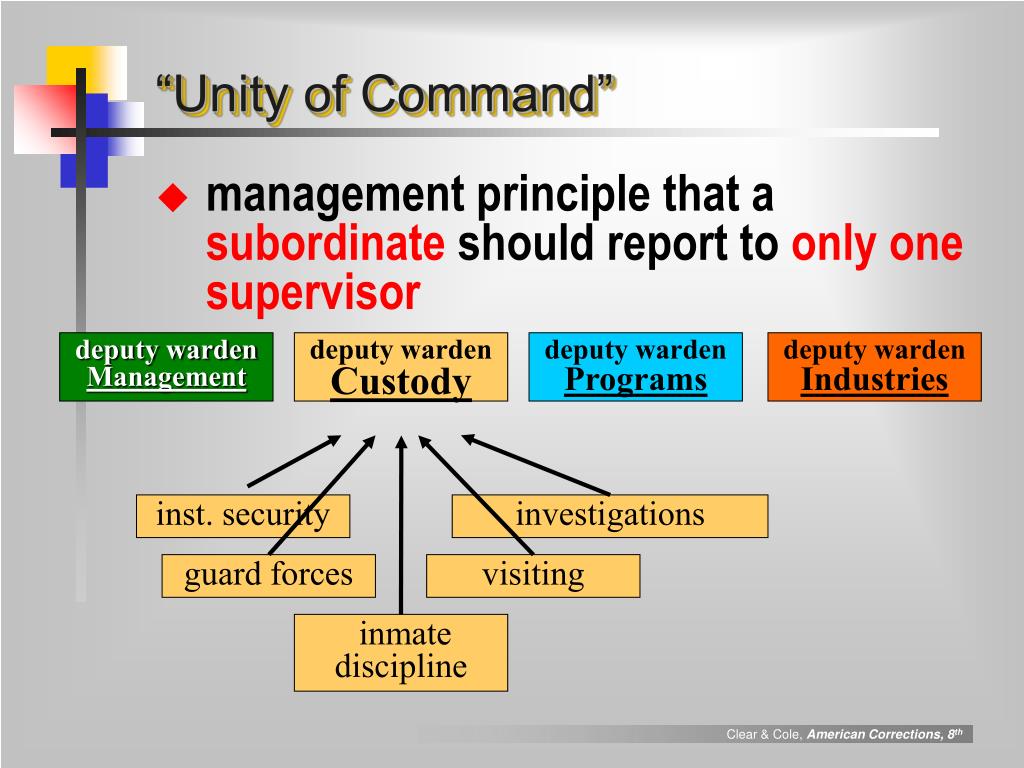
Unlike most turn-based game campaigns, which are usually enormous, lumbering, incomprehensible things, Unity of Command’s scenarios are short, small-scale and punchy. The two campaigns, German and Soviet, consist of multiple individual scenarios that focus firstly on the German push into Russia and later the Soviet.

Some introductory blurb – Unity of Command focuses on the German campaign to conquer Russia during the Second World War, also known as Operation Barbarossa. Unity of Command is a rare thing indeed – a deeply tactical turn-based strategy game that is also fairly easy to learn and willing to teach you. My assumption proved to be completely wrong, and I’m very glad for it. It doesn't look like much, but strategically it's a very compelling game.

Oh no, it’s going to be one of those games isn’t it? One which is so complex and unintuitive it assumes that if you even try to play it, you’re clearly the sort of person who will be able to work everything out yourself. A turn-based strategy game with large numbers of units, lots of buttons on the UI, and a list of stats longer than hell’s reservation book for investment bankers. The game comes with a built-in scenario editor, allowing players to create and share new battlefields using the integrated Steam Workshop support.When I was first given Unity of Command to review, I made the mistake of glancing at a few screenshots before playing. Accessible Scenario Editor - Unity of Command II features a full-fledged Allied campaign, with the addition of several defining battles of WWII that can be experienced from the Axis side.Keep a watchful eye on your logistics while planning to strike deep beyond enemy lines, sever supply lines and encircle enemy units. Deep Operations - Unity of Command changed the world of turn-based strategy games forever by introducing its signature feature, supply lines.

Reveal enemy positions by capturing stragglers, upgrading the HQ and using its special abilities to uncover enemy special defense markers.

Unity of Command II lets you take command of Western Allies during the Second World War. Easily accessible yet hard to master, Unity of Command II is the highly anticipated sequel to the cult classic that’s been turning novice players into battle-hardened grognards since 2011. Built on a brand new bespoke 3D engine, the game retains Unity of Command’s signature art style and delivers highly polished fluid gameplay.


 0 kommentar(er)
0 kommentar(er)
